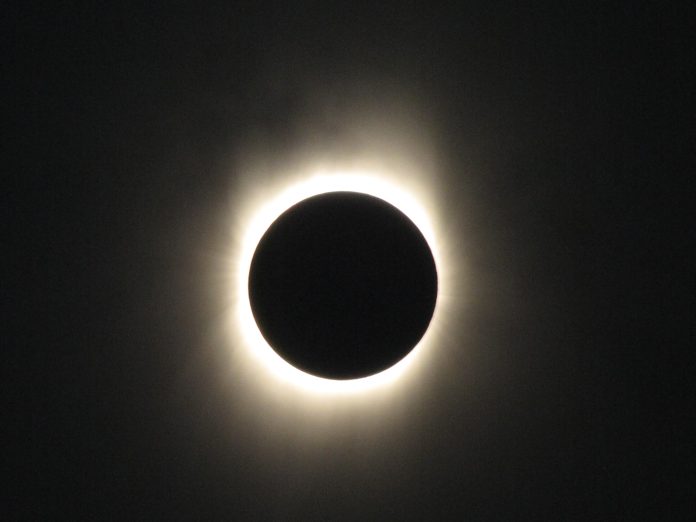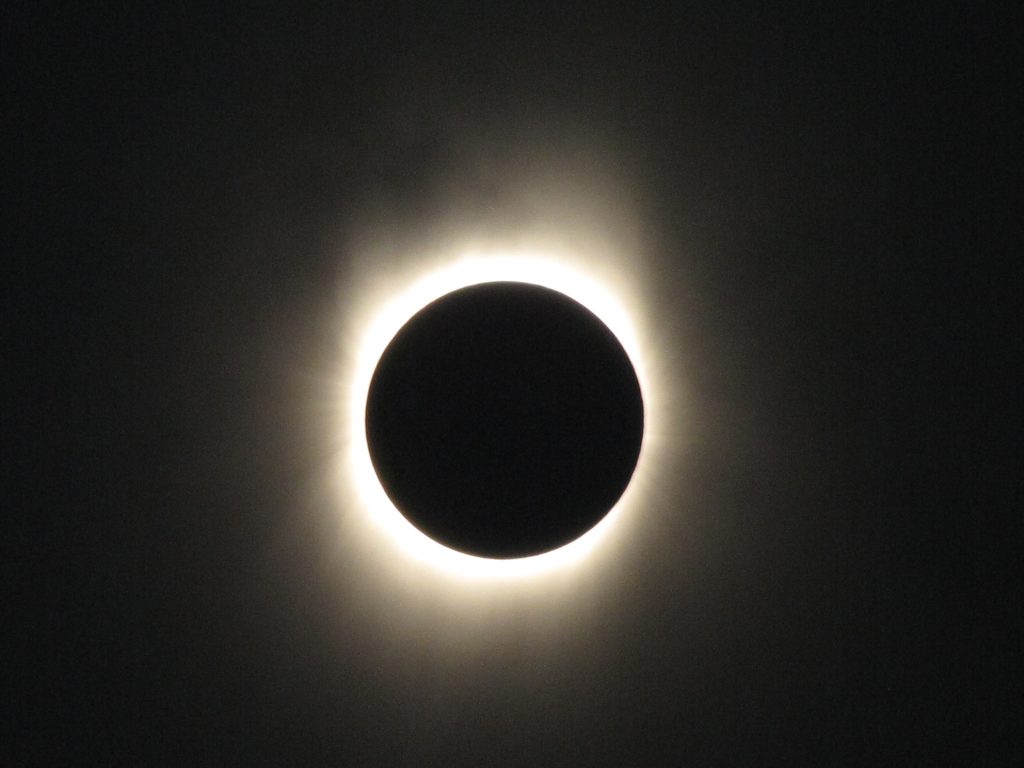
“A six-minute noonday eclipse is not catastrophe it’s the strangest heavenly phenomenon many will ever see. August 2, 2027, is when science enthusiasts, weekend stargazers, and the world’s eclipse connoisseurs look forward to a meeting with history when a record-long and magnitude total solar eclipse sweeps across three continents. For them, it is less a repeat astronomical occurrence; it is the “eclipse of the century,” a celestial oddity in which cosmic mechanics, geography, and human expectation intersect.”
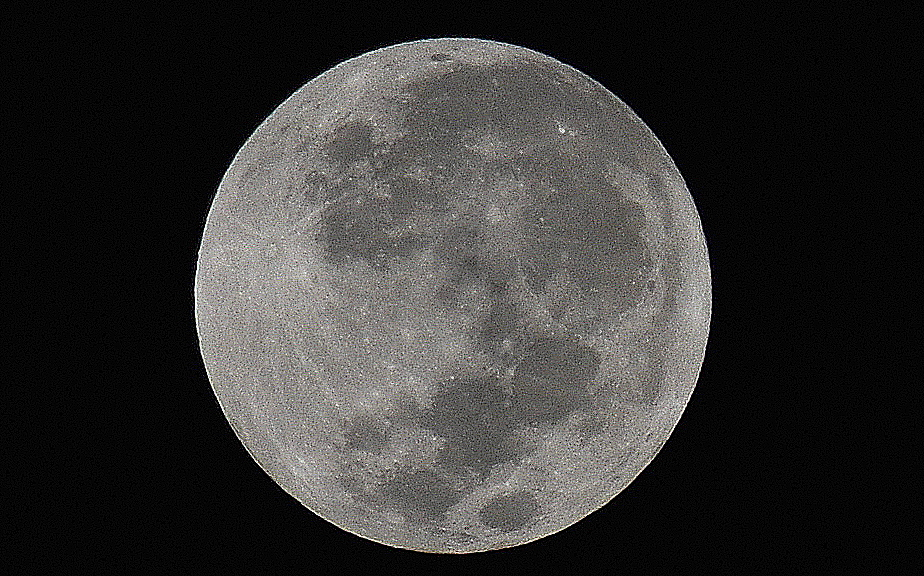
1. The Longest Totality in a Generation
2027 total solar eclipse is special in terms of its estimated duration 6 minutes and 23 seconds at its peak and hence longest on our planet since 1991 and faultless until 2114. NASA’s guarantee quotes, “A total eclipse of the sun, one lasting longer than six minutes and 23 seconds at its peak, will occur two years from now on Aug. 2, 2027.” It is much longer than recently experienced 2024 North American eclipse, which was maximum of 4 minutes and 28 seconds and compares with the mythical 1991 eclipse, which was maximum of 6 minutes and 53 seconds. The unique alignment of Earth being at aphelion (farthest from the Sun), Moon at perigee (closer to Earth), and shadow path near the equator slows down the Moon’s shadow, providing more time for individuals across the central line. This once-in-nearly-nine-decades event will not happen again.
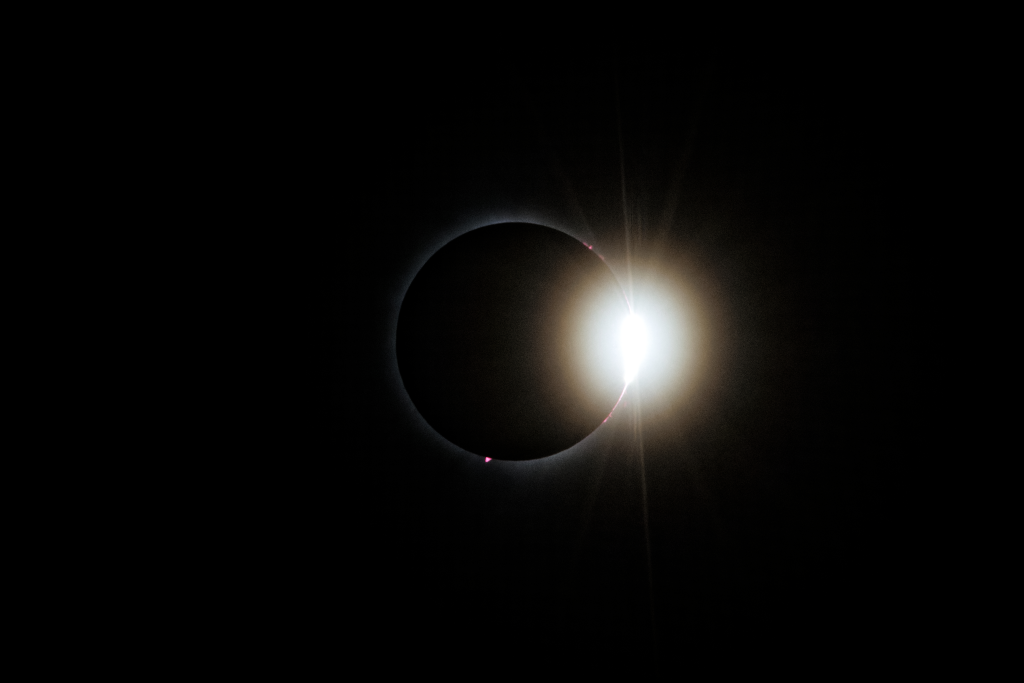
2. The Path of Totality: A Global Event
The path of totality along which the Sun will be totally darkened will extend across 11 nations and an estimated 89 million individuals. The shadow begins over the Atlantic Ocean and travels over southern Spain, Gibraltar, northern Morocco, Algeria, Tunisia, northeast Libya, mid-Egypt, mid-Sudan, southwest Saudi Arabia, Yemen, and northeast Somalia, before entering the Indian Ocean. The middle line of maximum extent goes just south of Luxor, Egypt, where the totality will be best. “Cloudiness is 0.7% at Luxor worst case you’ll have a glimpse of a little thin cirrus cloud streaking by on the jet stream but what you will have there is dust,” says meteorologist Jay Anderson. For tourists, Luxor’s proximity to symbolic archeological sites adds an otherworldly cultural spin on the scientific event.

3. Weather and Observation Conditions
Blue skies for eclipse viewers are the norm. North Africa, namely east Libya and west Egypt, has practically perfect cloud-free weather in August, but temperatures can reach more than 43°C (109°F) in sunlight. “No chance of cloud at all in eastern Libya and western Egypt,” Anderson assures, but dust could be a factor if wind. South Mediterranean Sea and coast lines of Spain and Morocco have something to provide, though 30% cloud cover cannot be ruled out there. Selecting a spot along the middle line, carefully checking the weather forecast, provides a chance to see the entire range of totality.Interactive eclipse maps enable the novice to locate sites that provide ideal viewing opportunities.

4. Scientific Opportunities: The Solar Corona and Beyond
Total solar eclipses are not merely visual events, but also key times for solar science. At totality, the corona, the diffuse outer atmosphere of the Sun, appears, and scientists are able to observe structures, dynamics, and phenomena usually hidden by the brightness of the Sun. NASA is emphasizing the benefit: “They allow scientists to observe the Sun’s corona, to test Einstein’s predictions, and to enhance space weather studies.”
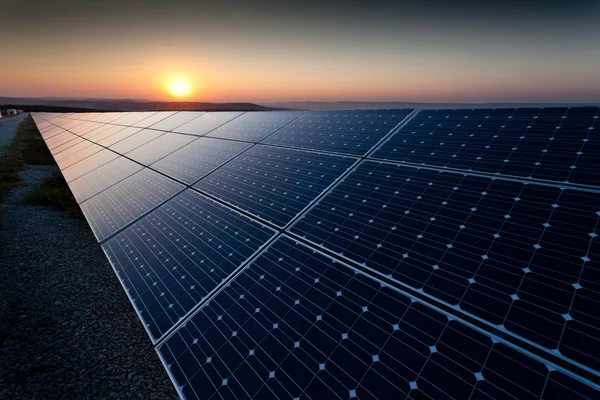
The longer duration in 2027 will allow unprecedented observations of coronal heating, magnetic fields, and solar wind to enable us to better understand solar activity and its effects on Earth’s technological systems.Solar eclipses have also previously made discoveries like helium and aided evidence for general relativity possible.
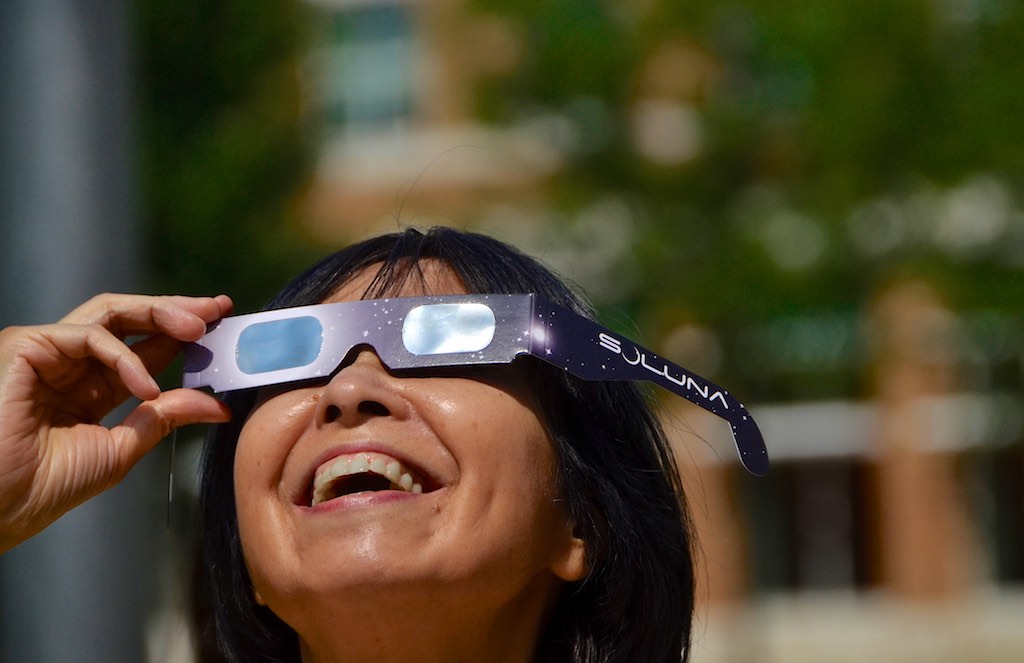
5. Viewing and Photographing the Eclipse: Best Practices
Safety first: never look directly at the Sun other than during the brief period of totality. Only internationally certified solar viewing glasses or ISO 12312-2 filters are admissible. One needs a manual-control DSLR or mirrorless camera, telephoto lens (300mm or more), and solar filter for photography.

“Never attempt to image the sun without a solar filter,” recommends one guide. For totality seconds, the filter may be temporarily removed in order to take photos of the corona. A stable tripod, remote release, and anticipation of exposure settings (low ISO, narrow aperture, high shutter speed) are advised. Programs such as PhotoPills and interactive eclipse maps assist with planning images and locations with accuracy.
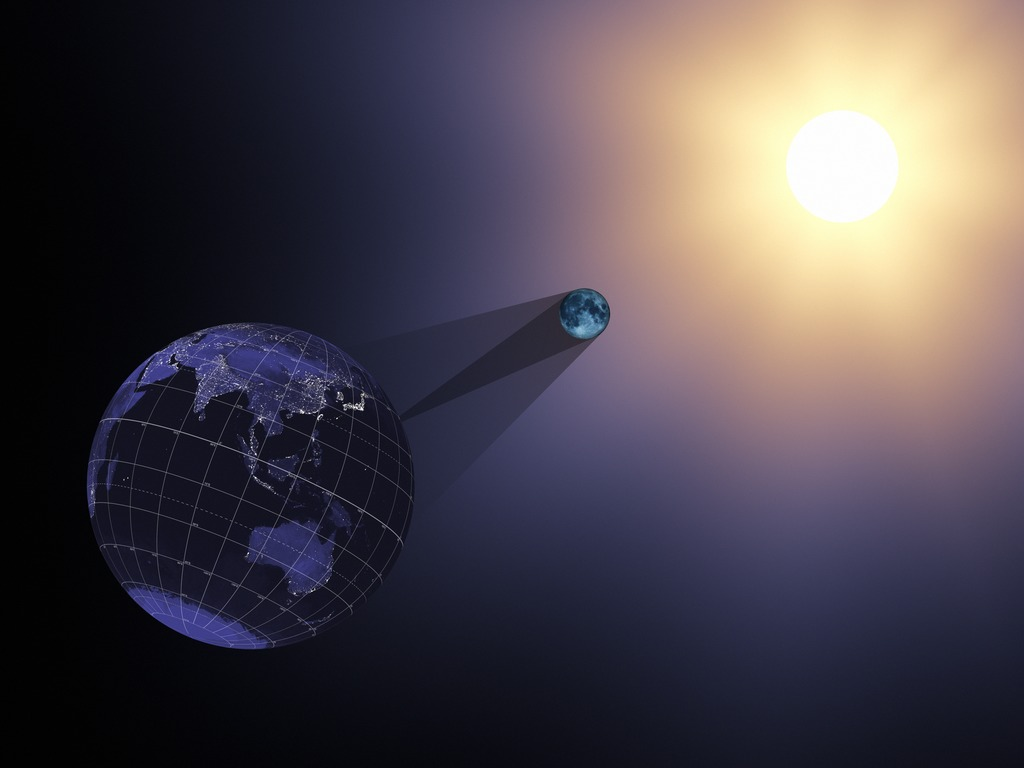
6. The Art and Sense of Eclipse Pursuit
Aside from being technical, totality is subjective. “It’s hard to describe what you’re going through. Day becomes night instantly. Sun and Moon come together to form a black hole with a ring of fire and light.”
Stars and planets fill the sky. “Just the soft words of those who are with you can shatter the illusion,” recalls astronomer Daniel López. For most people, the overall sense of awe and wonder at totality is equal to the science a human sense of place in the universe.
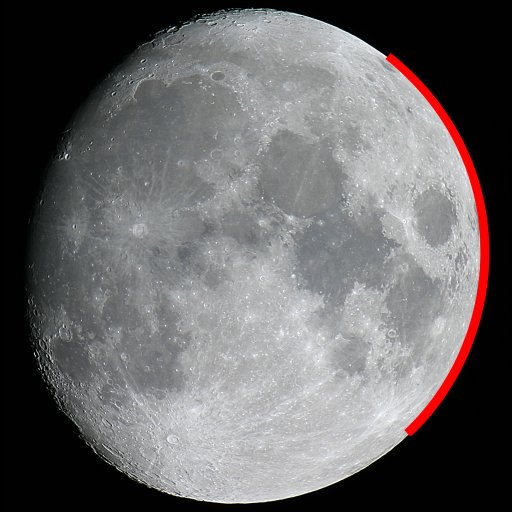
7. Astronomical Calculations and Predictive Tools
The accuracy of the eclipse predictions depends on high-precision astronomical computation based on solar and lunar ephemerides like VSOP87/ELP2000-85 and ΔT corrections (Terrestrial Time – Universal Time difference). The models are well within accuracy to predict the path, time, and duration of totality but locally because of the Moon’s limb profile, few seconds variations can be experienced. Interactive maps enable one to click on any location along the path and get precise eclipse conditions, such as local time, altitude, and Sun’s azimuth. Total solar eclipse in 2027 is not only an eye marvel but also a harmony of science, technology, and humanity’s hunger for information. It is something that would never again come back in their lifetime for shadow chasers.
